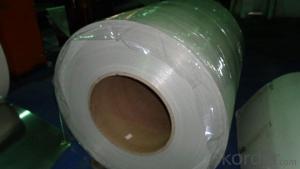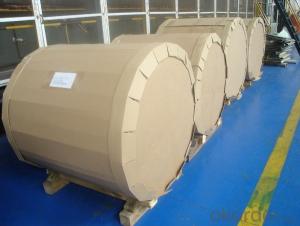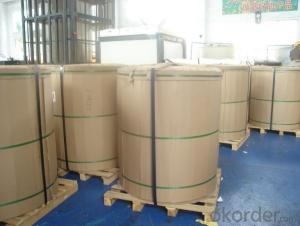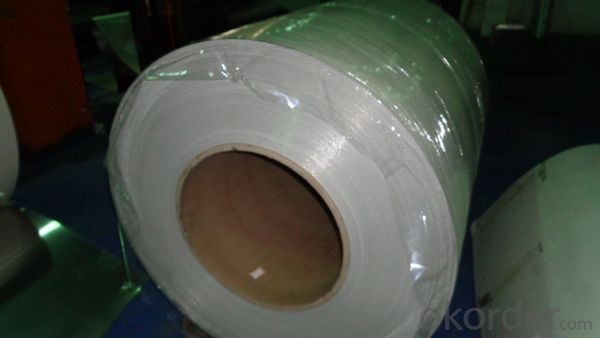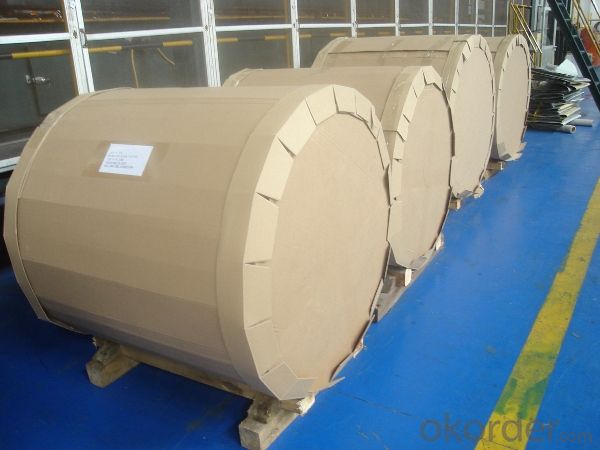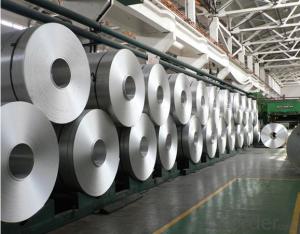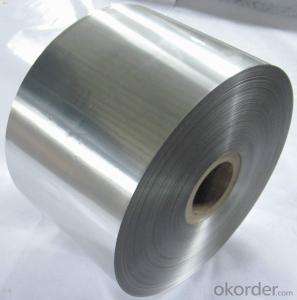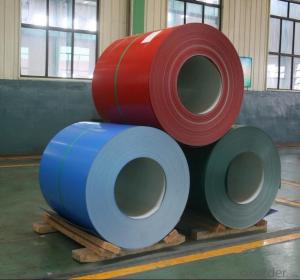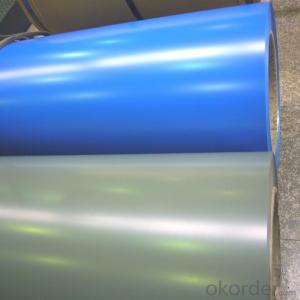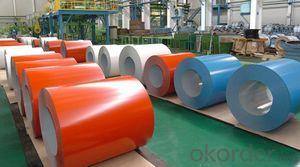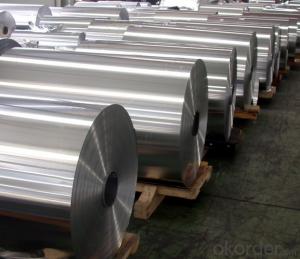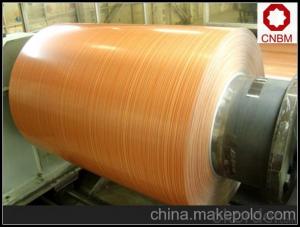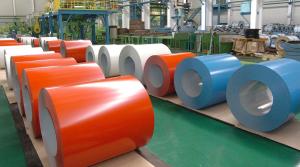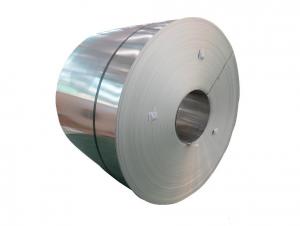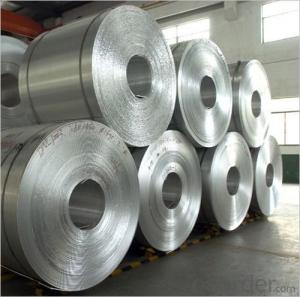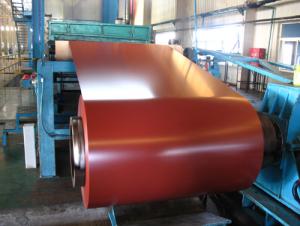Coated Embossed Aluminum Coils for coil storages 3105, H44
- Loading Port:
- Shekou
- Payment Terms:
- TT or LC
- Min Order Qty:
- 7 m.t.
- Supply Capability:
- 200000 m.t./month
OKorder Service Pledge
OKorder Financial Service
You Might Also Like
1.Structure of Coated Embossed Aluminum Coils for coil storages 3105, H44
Coated & embossed aluminum coils are widely used in refrigerators, ice-boxes, cold storage, freezer, decorations, etc.
Normally we coat PE, PVDF, or other paint according to customers’ requirements on surface of base coils (3105, H44, etc.). Specification of our stucco embossed and color coated aluminium coils: thickness 0.2-0.6mm, width less than 1600mm. As for coating, we normally use PVDF coating, PE coating, etc. We can adjust coating as per customers’ requirements.
Stucco embossed and coated aluminum sheets have more advantages than normal aluminium coils. They look more beautiful and better at strength and rigidity than normal aluminum coils.
2. Main Features of Coated Embossed Aluminum Coils for coil storages 3105, H44
• Light Weight
• Good in strength and rigidity
• High Flatness
• Good Weathering
• Colorful
• Recycling
• Saving Energy
• Rust proof
3. Coated Embossed Aluminum Coils for coil storages 3105, H44 Images
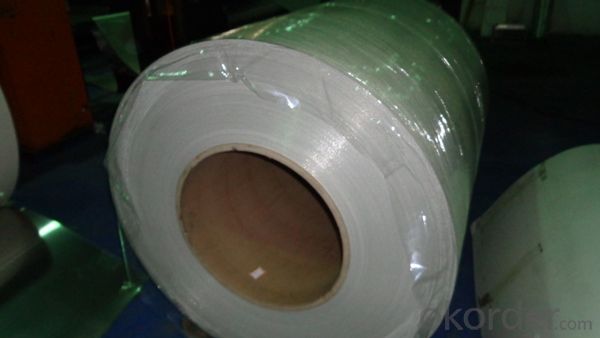
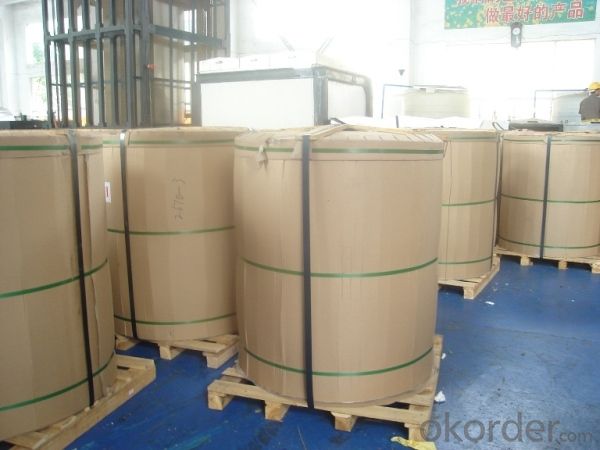
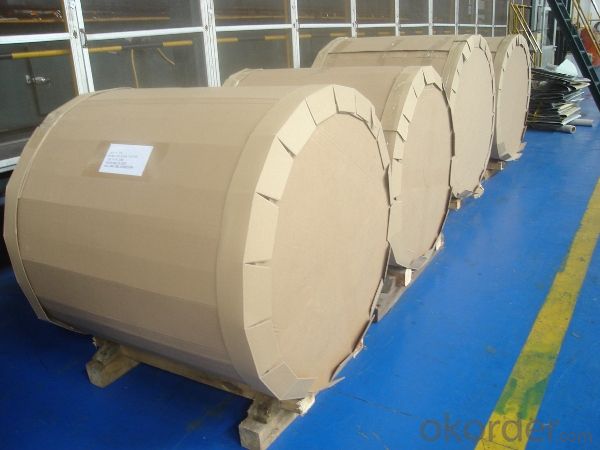
4. Specification of Coated Embossed Aluminum Coils for coil storages 3105, H44
ALLOY | TEMPER | THICKNESS | WIDTH | COATING and COLOR |
3003, 3105, etc | H44, etc | 0.2-0.6mm | Less than1600mm | AS PER YOUR REQUIREMENTS |
5. FAQ
A.What about inspections to guarantee quality?
For each order, we will arrange strict inspection for raw materials, inspection during production and inspection for finished goods.
With requirement of customers, we also can arrange the third party inspection.
B.What about delivery?
We will put order in production schedule after order gets confirmed against copy of TT or L/C. Normally it takes about one month for production. Exact shipment schedule is different based on different sizes and quantity.
C.What is the MOQ?
5 tons for each size.
D. Where have you exported?
We have exported to many countries. Main markets include South East Asia, Middle East, North America, South America, etc.
As the EU prepares for premiums to rise yet higher before the traditional summer slowdown, there's plenty of news about aluminium elsewhere in the world. Take Vietnam, whose runaway economy means production and consumption of the metal is growing dramatically.
Vietnam braces itself for increasing aluminium demand
Nguyen Van Thu, the president of the Vietnam Association of Mechanical Industry, commented: "Our figures show that aluminium consumption in Vietnam has been increasing by 15-20% annually. It is used in many of our most important industries and industrial applications". As a result Sapa Ben Thanh Aluminum Profiles Company, based in Ho Chi Minh City, is doubling its production capacity at its joint venture in Vietnam in 2015, investing in a second, larger extrusion press to increase their product range.
Aluminium tipped to usurp nickel in the next price war
Not so long ago Indonesia sparked a nickel price war, putting in place a supply-led export ban that saw the price of the metal increase by more than 40%. As you can imagine it gave the nickel industry a very nasty shock. But there's more... the shock waves could be set to continue if expert industry analyses are correct, with aluminium following suit in 2014 and an equivalent squeeze on aluminium supplies. So what's the story?
UAE takes the lead
At the same time the United Arab Emirates is firming up its reputation as an emerging force in the international aluminium industry, making moves into European markets as revealed at the tenth annual Metef International Aluminium Exhibition in Italy during June. November 2014 is another important date in the region's calendar, with Aluminium Bahrain B.S.C hosting the next International Arab Aluminium Conference in November this year, in the Kingdom of Bahrain. The show's theme says it all: GCC: An aluminium power house. And it's a worldwide affair, expected to attract 700 or more delegates from every sector and every corner of the world.
- Q: Can aluminum coils be used for food processing conveyor systems?
- Yes, aluminum coils can be used for food processing conveyor systems. Aluminum is a popular choice for conveyor systems in the food processing industry due to its various beneficial properties. Firstly, aluminum is a lightweight material, which makes it easier to install and transport. This is particularly important for conveyor systems that may require frequent reconfiguration or relocation. Additionally, aluminum has excellent corrosion resistance, which is crucial in food processing environments where exposure to moisture, chemicals, and food particles is common. Furthermore, aluminum is a hygienic material that is easy to clean and maintain, ensuring food safety standards are met. Lastly, aluminum coils can be easily formed and customized to fit specific conveyor system requirements, allowing for efficient and effective food processing operations. Therefore, aluminum coils are a suitable choice for food processing conveyor systems.
- Q: Can aluminum coils be used in the production of electronic devices?
- Aluminum coils have the capability to be utilized in the manufacturing of electronic devices. Within diverse industries, including electronics, aluminum is a versatile and extensively employed material. It possesses exceptional electrical and thermal conductivity, rendering it appropriate for implementation in electronic components such as coils and inductors. In the realm of electronic devices necessitating the transmission of electrical energy, aluminum coils are frequently employed in power transformers, motors, generators, and other tools. Moreover, aluminum is an appealing option for manufacturers due to its lightweight nature, durability, and cost-effectiveness. Nevertheless, it is crucial to acknowledge that the appropriateness of aluminum coils will ultimately depend on the specific application and requirements of the electronic device.
- Q: What is the profit of aluminium coil gate?
- Market prices are almost transparent, the price can be said to earn a installation costs, two people installed, then, in addition to costs, profits of about 4 thousand and 500
- Q: What are the safety considerations when handling aluminum coils?
- When working with aluminum coils, it is crucial to take several safety factors into consideration. To begin with, it is essential to understand that aluminum coils can be quite heavy, particularly when dealing with larger sizes. Therefore, it is important to employ correct lifting techniques to prevent strain or injury to the back and muscles. This may involve using lifting aids or seeking assistance from others when moving or positioning the coils. Furthermore, aluminum coils may have sharp edges or corners that can cause cuts or puncture wounds if not handled with care. It is advisable to wear suitable personal protective equipment, such as gloves, to protect against potential injuries while handling the coils. In addition, aluminum is an excellent conductor of both electricity and heat. Consequently, it is of utmost importance to ensure that the coils do not come into contact with live electrical sources or come into close proximity to open flames or intense heat. This precautionary measure can help prevent electrical shocks or fires, which present significant safety risks. Moreover, proper storage and stacking of aluminum coils play a crucial role in accident prevention. Coils should be stored in a stable and secure manner to avoid the risk of falling or rolling over. Employing appropriate stacking techniques, such as using suitable supports or pallets, is essential to prevent toppling. Finally, it is imperative to be familiar with any specific safety guidelines or regulations provided by the manufacturer or relevant authorities when working with aluminum coils. Adhering to these guidelines ensures the safe handling and use of the coils, minimizing the risk of accidents or injuries. To summarize, the safety considerations when handling aluminum coils involve employing correct lifting techniques, wearing personal protective equipment, avoiding contact with electrical sources and heat, ensuring proper storage and stacking, and following manufacturer guidelines. Implementing these precautions significantly reduces the risk of accidents or injuries.
- Q: What is the weight of aluminum coils per square foot?
- The weight of aluminum coils per square foot can vary depending on the thickness of the coil. On average, aluminum coils weigh around 0.5 pounds per square foot. However, it is important to note that this is an approximate figure and may vary slightly depending on the specific alloy and manufacturing process used. It is always recommended to consult the manufacturer or supplier for the exact weight specifications of the aluminum coils you are working with.
- Q: I was told today that taking aluminium inside your body greatly increases the chance of getting alzheimers as they destroy cells. What foods contain aluminium?
- i dont think any foods will contain substantial quantities of aluminium as its not a metal commonly found in bioinorganic chemistry. Aluminium salts could potentially be found in water, also using aluminium pans could potentially lead to aluminium consumption. hope this helps
- Q: How is the welding performance of 3003 aluminum coil?
- 3003 aluminum coil, a kind of rust-proof aluminum, belongs to AL-Mn series alloy. With low intensity (slightly higher than commercial purity aluminum), it cannot endure heat treatment, so cold processing is adopted to increase its mechanical property: high plasticity in annealing and semi-cold hardening, low plasticity in cold hardening, good corrosion resistance., good weldability and bad machinability. It is mainly used for low load part in liquid or gaseous medium requiring high plasticity and good weldability, such as fuel tanks, gasoline or lubricant conduit. It can also be used for liquid containers and other deep drawing small load parts made by deep drawing. Aluminum wire can be used to make the rivet.3003 aluminum sheet has good formability, weldability and corrosion resistance. It is used to process parts which require good formability, corrosion resistance and weldability and lower intensity than 1xxx series alloy, such as such as kitchenware, food and chemical products processing and storage equipment, groove and tank to transport liquid product, pressure vessel and pipe processed from thin plate, cooling fin, make-up board, photocopier rollers and ship material.
- Q: How are aluminum coils tested for thickness and flatness?
- Aluminum coils are typically tested for thickness and flatness using specialized equipment such as a thickness gauge and a flatness tester. The thickness gauge measures the thickness of the coil at various points to ensure it meets the required specifications. Meanwhile, the flatness tester uses laser technology or a similar method to measure the surface flatness of the coil, identifying any deviations or irregularities. These tests are crucial to ensure the quality and consistency of the aluminum coils before they are further processed or used in various applications.
- Q: What are the weight ranges of aluminum coils?
- The weight ranges of aluminum coils can vary depending on the specific application and industry. However, in general, aluminum coils can range from a few hundred pounds to several thousand pounds in weight.
- Q: How do aluminum coils contribute to the reduction of carbon footprint?
- There are several ways in which aluminum coils can contribute to reducing the carbon footprint. Firstly, due to its lightweight nature, aluminum requires less energy for transportation compared to heavier materials like steel. This leads to lower fuel consumption and emissions during transportation, ultimately reducing the overall carbon footprint. Furthermore, aluminum is highly recyclable and can be recycled indefinitely without any loss in quality. Recycling aluminum requires significantly less energy (up to 95% less) compared to producing new aluminum from raw materials. By utilizing aluminum coils, which can be easily recycled, we can decrease the demand for new aluminum production. Consequently, this reduces the carbon emissions associated with extracting and refining raw materials. In addition, aluminum coils possess excellent thermal conductivity properties. This makes them highly efficient for various heating and cooling systems, including air conditioning units and heat exchangers. By incorporating aluminum coils into these applications, energy consumption is minimized as they facilitate the transfer of heat more efficiently. This results in lower energy consumption and reduced carbon emissions. Lastly, aluminum coils have a longer lifespan compared to materials such as copper or steel. As a result, they require less frequent replacement, leading to reduced waste generation and lower carbon emissions associated with manufacturing and disposing of new coils. Overall, by opting for aluminum coils instead of other materials, we can make significant progress in reducing carbon emissions and promoting a more sustainable future. The utilization of aluminum coils offers benefits through their lightweight nature, recyclability, thermal conductivity properties, and longer lifespan in contributing to the reduction of the carbon footprint.
Send your message to us
Coated Embossed Aluminum Coils for coil storages 3105, H44
- Loading Port:
- Shekou
- Payment Terms:
- TT or LC
- Min Order Qty:
- 7 m.t.
- Supply Capability:
- 200000 m.t./month
OKorder Service Pledge
OKorder Financial Service
Similar products
Hot products
Hot Searches
Related keywords
